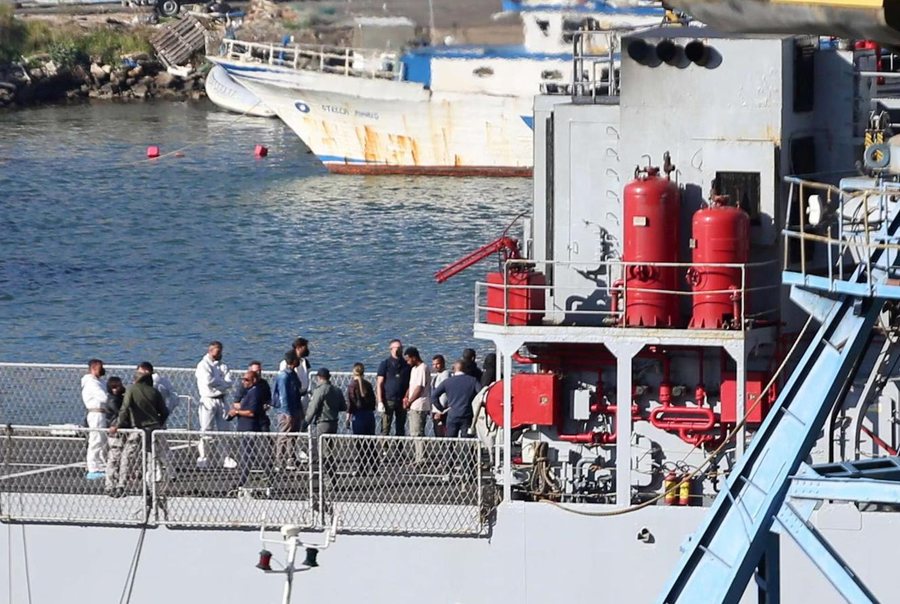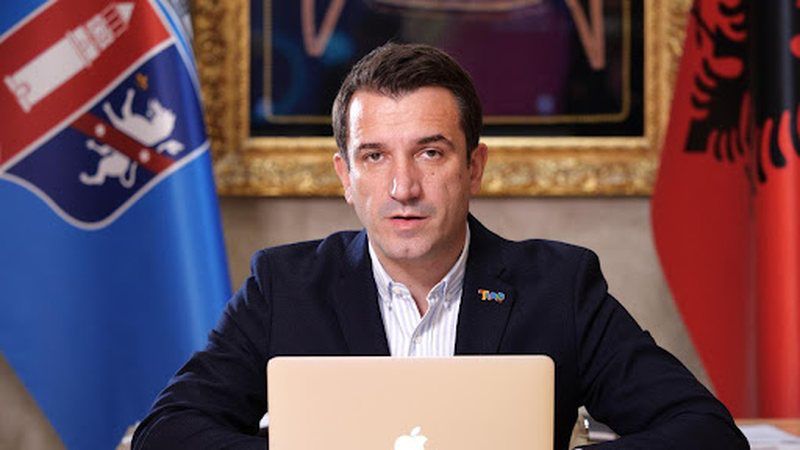Italy pushes ahead with migrant return center in Albania despite legal setbacks

The Italian government is moving forward with plans to operationalize the migrant center in Gjadër, Albania, shifting its function toward the repatriation of rejected asylum seekers. The initiative comes after Italian courts blocked the transfer of migrants rescued in the Mediterranean by Italian naval forces.
Why is this important: The Gjadër facility is part of a broader migration deal between Rome and Tirana, closely watched by EU institutions and human rights groups. Italy’s renewed push reflects a tougher stance on migration and could set a precedent for outsourcing asylum processing to non-EU countries.
Context: Interior Minister Matteo Piantedosi told Italian media that the complex in Shëngjin-Gjadër will be used to hold migrants whose asylum requests have been denied and who no longer meet the legal criteria to remain in Italy. These individuals would remain at the center until deportation procedures to their countries of origin are completed.
The revised plan is expected to be formally adopted at Friday’s cabinet meeting, where Prime Minister Giorgia Meloni is set to issue a decree. It aligns with a European Commission framework allowing EU member states to establish repatriation centers in third countries.
For now, Gjadër will serve this transitional role until the European Court of Human Rights determines which countries qualify as “safe origins”—a designation that will apply uniformly across the EU.
What else: The initial purpose of the center—to host migrants rescued at sea—was blocked by legal rulings in Italy citing jurisdiction and human rights concerns. The shift toward repatriation aims to bypass these legal obstacles while still advancing Italy’s broader migration policy goals.


